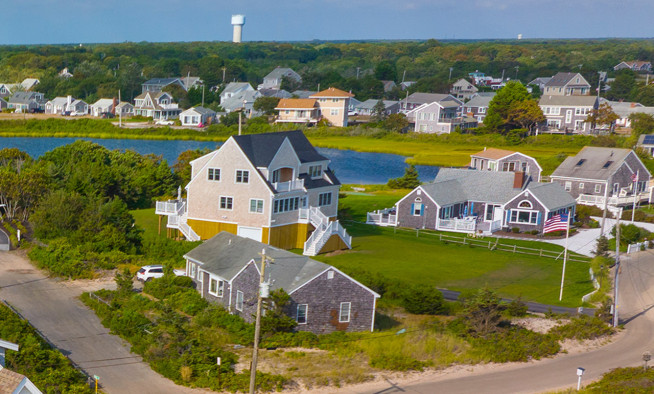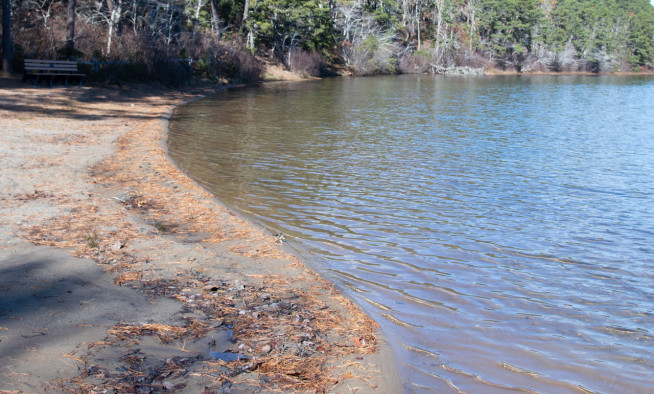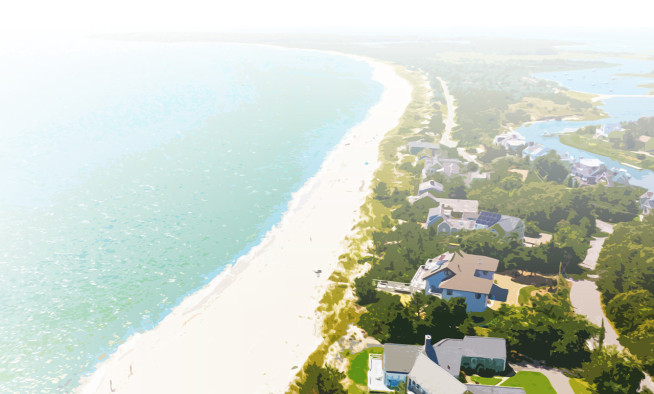Counting non-motorist crossings on the canal bridges
We know thousands of vehicles cross the Bourne and Sagamore bridges each day, but what about the people who don’t drive?
To better understand how non-motorists are using the bridges and to plan for future needs, the Cape Cod Commission placed “eco-counters,” portable infrared sensors that detect heat to count pedestrians and bicyclists, near both the Bourne and Sagamore bridges. Data collected shows that hundreds of pedestrians and bicyclists traverse the canal bridges every year.
When staff placed counters on the Sagamore Bridge in February 2024, snow on the sidewalks already showed clear signs of use — footprints and bicycle tracks revealed that people were crossing on foot and by bike, even in winter.
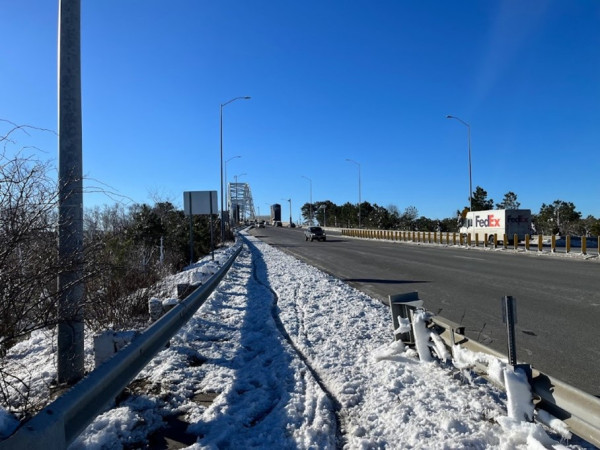
Data collected over the past year provides valuable insights into how non-motorists use both bridges. Pedestrian and cyclist traffic over both bridges peaked in the summer months, aligning with the region’s tourism season and increased outdoor recreation. In July 2024, more than one thousand non-motorists crossed the Sagamore Bridge, while over seven hundred were counted crossing the Bourne Bridge. Additionally, in August 2024, both bridges saw over one thousand non-motorists crossing.
Numbers dropped in winter--likely due to colder temperatures and challenging weather conditions—but non-motorist use of the bridges remained notable. In January 2025, counters recorded 75 crossings on the Sagamore Bridge and 40 on the Bourne.
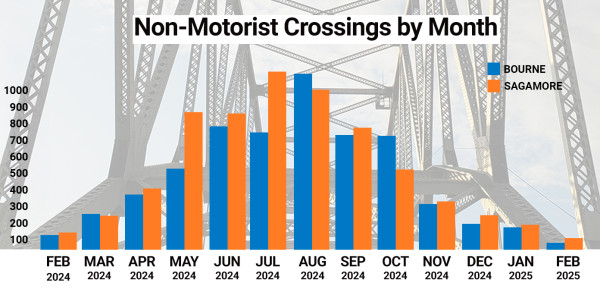
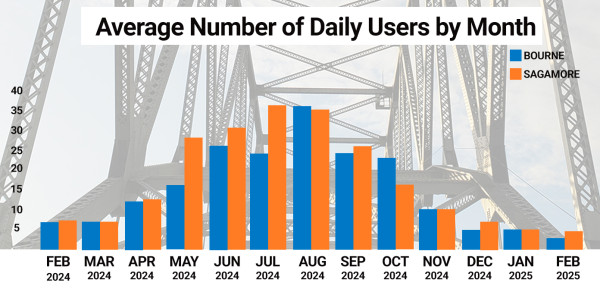
This data underscores the importance of accommodating all modes of transportation in infrastructure planning. Walking and biking are popular on Cape Cod, with miles of trails, scenic roadways, and sidewalks. Residents, visitors, and commuters rely on this network year-round. Prioritizing infrastructure for non-motorists will ensure a balanced and sustainable transportation network.
Related Posts
